I found the plotrix package in R but cannot yet find how to do this simple circle in R. Basically, how can I do a polar-plot with radius of 1 and 0:360 angles in degree, generating a circle?
Example
$$r\cos\left(\frac{2\pi}{3}\left(\frac{3\theta}{2\pi}-\left\lfloor\frac{3\theta}{2\pi}\right\rfloor\right) -\frac{\pi}{3}\right) = 1$$
Perhaps related

